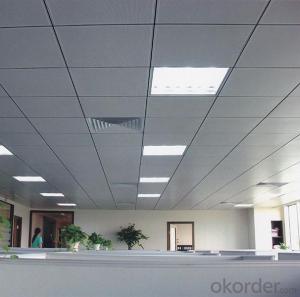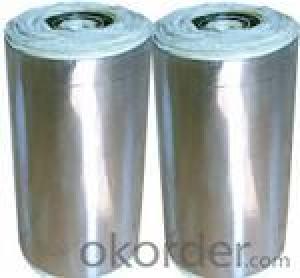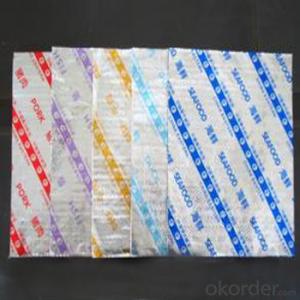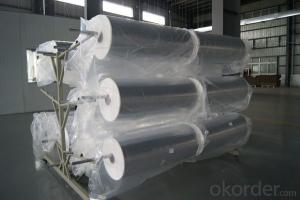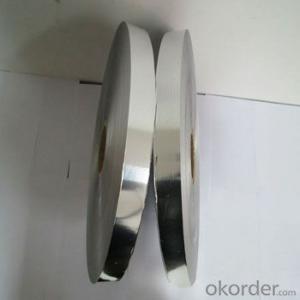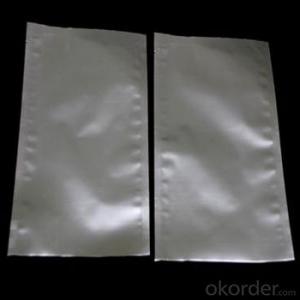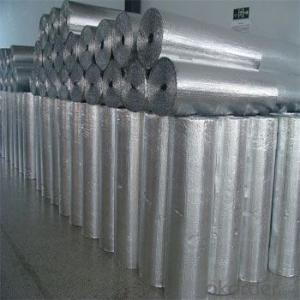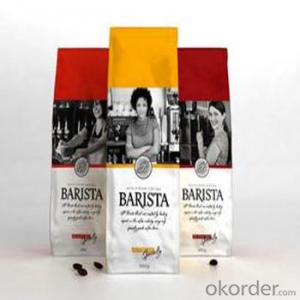Seafood Boil Aluminum Foil
Seafood Boil Aluminum Foil Related Searches
Led Light Bulbs For Ceiling Fixtures Led Lamps For Ceiling 42 In Ceiling Fan With Light Aluminum Coil Stock For Gutters Aluminum Foil For The Grill Hole Saw For Aluminum Plate Aluminum Tread Plate For Trailer Bow Plate For Aluminum Boat Aluminum Foil For Grow Room Aluminum Foil For Joint PainHot Searches
Stock Price For Aluminum Aluminum Coil Stock For Sale Aluminum Gutter Coil For Sale Used Aluminum Scaffolding For Sale 1/4 Aluminum Plate For Sale Aluminum Bar Stock For Sale Aluminum Round Stock For Sale Aluminum Diamond Plate For Sale Aluminum Scaffolding For Sale Craigslist 6061 Aluminum Plate For Sale Aluminum Dock Plate For Sale 7075 Aluminum Plate For Sale Aluminum Tread Plate For Sale Aluminum Checker Plate For Sale Aluminum Plate For Sale Near Me Plate Aluminum For Sale Aluminum Plate For Sale Aluminum Square Stock For Sale Aluminum Flat Stock For Sale Billet Aluminum Stock For SaleSeafood Boil Aluminum Foil Supplier & Manufacturer from China
Okorder.com is a professional Seafood Boil Aluminum Foil supplier & manufacturer, offers integrated one-stop services including real-time quoting and online cargo tracking. We are funded by CNBM Group, a Fortune 500 enterprise and the largest Seafood Boil Aluminum Foil firm in China.Hot Products
FAQ
- One disadvantage of using tinplate in packaging is that it can be more expensive compared to alternative packaging materials such as plastic or cardboard. Additionally, tinplate is prone to corrosion, which can compromise the integrity of the packaging and lead to product spoilage. It is also heavier than other materials, which can increase shipping costs and carbon footprint. Finally, tinplate is not as easily recyclable as some other packaging materials, contributing to environmental concerns.
- Yes, tinplate can be used for packaging products with specific storage requirements. Tinplate is known for its excellent protective properties, including resistance to moisture, oxygen, and light, which makes it suitable for preserving the quality and freshness of various products. Additionally, tinplate is highly durable and can withstand temperature variations, making it ideal for packaging products with specific storage needs.
- The main factors influencing the price volatility of tinplate are the global supply and demand dynamics, fluctuations in raw material costs (such as tin and steel), changes in manufacturing and production capacities, shifts in consumer preferences and market trends, and geopolitical factors impacting trade and tariffs. Additionally, macroeconomic indicators like currency exchange rates and overall economic stability can also play a role in determining the price volatility of tinplate.
- The common closure options for tinplate containers include screw-on lids, snap-on lids, press-on lids, and hinged lids.
- Tinplate is coated with metallic coatings through a process called electroplating. In this process, a tinplate sheet is immersed in a bath containing the desired metal ions, such as tin or chromium. An electric current is then passed through the bath, causing the metal ions to bond with the surface of the tinplate, resulting in a uniform metallic coating. This coating enhances the tinplate's corrosion resistance and provides a decorative finish.
- Tinplate is highly resistant to gases and odors, making it an excellent material for packaging and storing sensitive products. It forms a protective barrier that prevents any unwanted smells or gases from penetrating the container, ensuring the integrity and quality of the contents inside.
- Tinplate packaging is highly resistant to moisture and provides an effective barrier against it. The tin coating on the steel substrate prevents direct contact between the metal and moisture, protecting the contents inside. This makes tinplate packaging suitable for various products, including food and beverages, as it maintains their quality and prevents spoilage caused by moisture.
